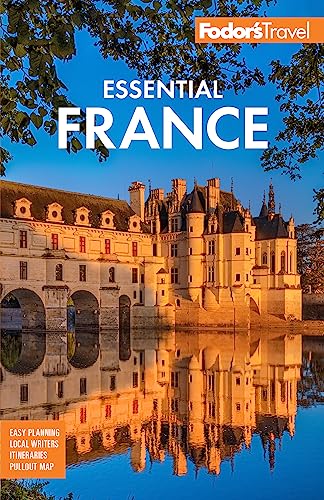La Cuisine Sauvage
Authentic Corsican fare is based on free-range livestock, game (especially sanglier, or wild boar), herbs, and wild mushrooms best found between October and May in the villages of the mountainous interior. Civets (meaty stews) headline menus, as do the many versions of the prototypical, hearty Corsican soup (soupe paysanne, soupe corse, or soupe de montagne) made from herbs and vegetables simmered for hours with a ham bone. Seafood dishes available on the coast include aziminu, a rich bouillabaisse.
Excellent charcuterie (pork products) include lonzu (shoulder), coppa (fillet), and figatelli (liver sausage), along with prizuttu (ham). Corsica's most emblematic cheese is really not a cheese at all: brocciu (pronounced "broach"), similar to ricotta, is used in omelets, fiadone (cheesecake), fritelli (chestnut-flour doughnuts), and as stuffing for trout or rabbit. Cheeses from Corsica's microregions include bastelicaccia, a soft, creamy sheep cheese, and the harder and sharper sartenais. Many of the most powerful cheeses are simply designated as brebis (sheep) or chèvre (goat).
Chestnuts and chestnut flour, major players in Corsican gastronomy, are found in castagna (Corsican for chestnut), a cake; panetta, a kind of bread; canistrelli, dry cookies; beignets; pulenta, a doughy bread; and Pietra, chestnut beer. Corsica's best wines include the Arenas, Orenga de Gaffory, and Gentile cellars from the Patrimonio vineyards; Domaine Peraldi, Clos de Capitoro, or Clos Alzeto, from Ajaccio; Fiumicicoli, from Sartène; or Domaine de Torracia, from Porto-Vecchio.




